Latino History
Latino History

©World Telegram & Sun photo by Al Aumuller, Library of Congress
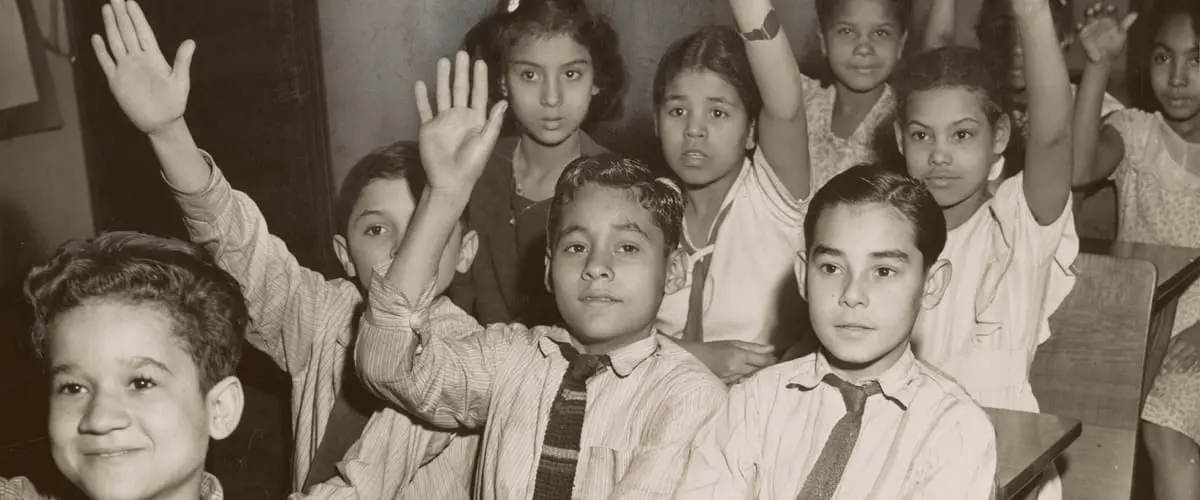
©World Telegram & Sun photo by Al Aumuller, Library of Congress
“We were Americans long before the founders dreamed of a United States of America. Our ancestors have lived here for more than a half millennium, longer than any immigrant to this hemisphere, and still we come. Indeed, although we arrived long before the pilgrims — and although we account for more than half of the US population growth over the last decade and are projected to lead population growth for the next thirty-five years — it seems as if the rest of the country is perpetually in the act of discovering us.”
– Marie Arana, LatinoLand: A Portrait of America's Largest and Least Understood Minority

Latino Historical Timeline
© John Collier, Jr. Library of Congress
1565
Saint Augustine brings the first European settlement to the United States, introducing Catholicism and the Spanish language in Florida. 1
1598
A Spanish-led expedition arrives in New Mexico and establishes the largest and oldest Spanish settlement in the Southwest. 2
1613
Juan Rodríguez, an Afro-Latino merchant from the island of Hispaniola (present-day Dominican Republic), arrives and settles into the island of “Manahatta,” becoming the first non-indigenous resident to live in New York City. 3
Charles Lilly, Art and Artifacts Division, New York Public Library, Schomburg Center
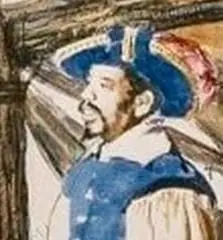
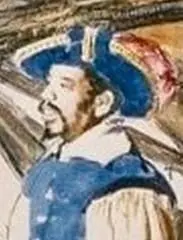

1738
Gracia Real de Santa Teresa de Mose is established in Spanish Florida as the first free black community in what is now the United States. 4
1775-1782
An estimated 10,000 Hispanics fight in the American Revolutionary War, including soldiers and sailors from Mexico, Cuba, Puerto Rico, Dominican Republic, and Venezuela. 5
1781
Los Pobladores, a culturally diverse group of 44 individuals with African, Indigenous, and Spanish ancestry from northern Mexico, become the first non-Native Americans to settle in Los Angeles. 6
Detail of the Great Wall of Los Angeles, depicting Los Pobladores, founders of Los Angeles


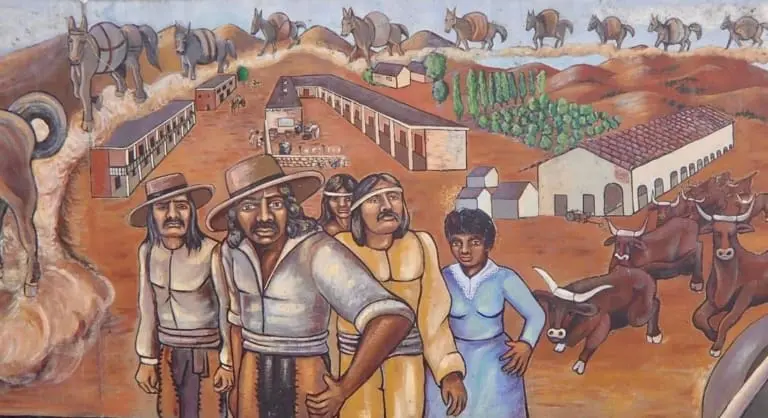
1808
El Misisípi is the first Spanish-language newspaper published in the United States. 7
October 12, 1808 issue of El Misisipi
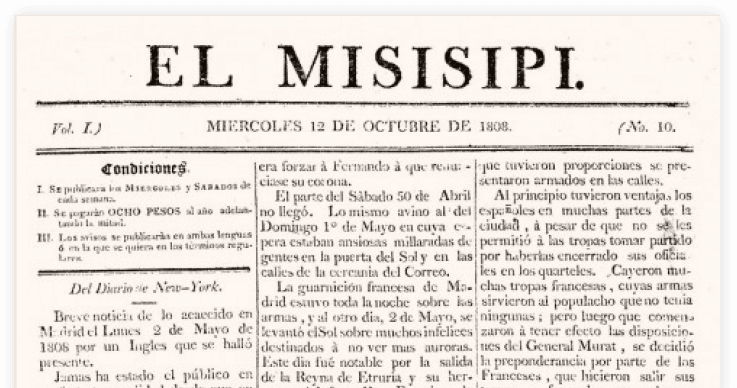

1848
Treaty of Guadalupe Hidalgo ends the Mexican American War, transferring the northern half of Mexico to U.S. control. The treaty grants Mexicans living in those territories, including California, Nevada, Utah, Colorado, New Mexico, Arizona, and Wyoming the option to become U.S. citizens. Approximately 115,000 Mexicans become U.S. citizens as a result. 8
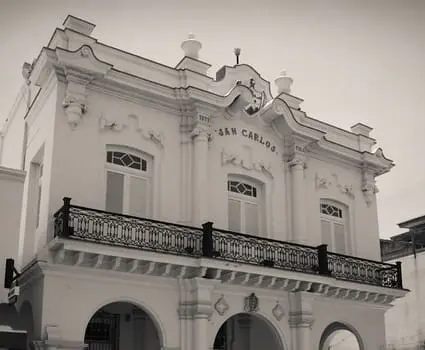
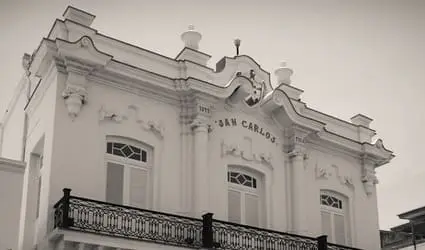
1871
Cuban exiles in Key West, Florida establish the San Carlos Institute, considered the cradle of the Cuban independence movement from Spain. 9
San Carlos Institute, Key West, FL ©Jason Demal
1875
Born in Santa Barbara, California to Mexican parents, Romualdo Pacheco becomes the first Latino governor in U.S. history. 10
1891
The Cuban poet José Martí publishes Versos Sencillos, a collection of poems that defined the literary movement of modernism, written while living in the Catskill Mountains of New York State. 11
Painting of José Martí by Herman Norman, 1891
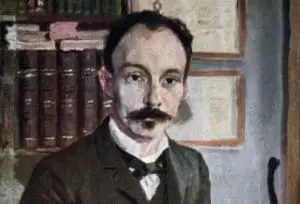
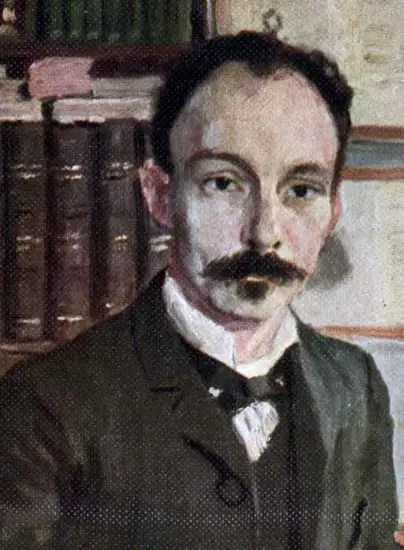
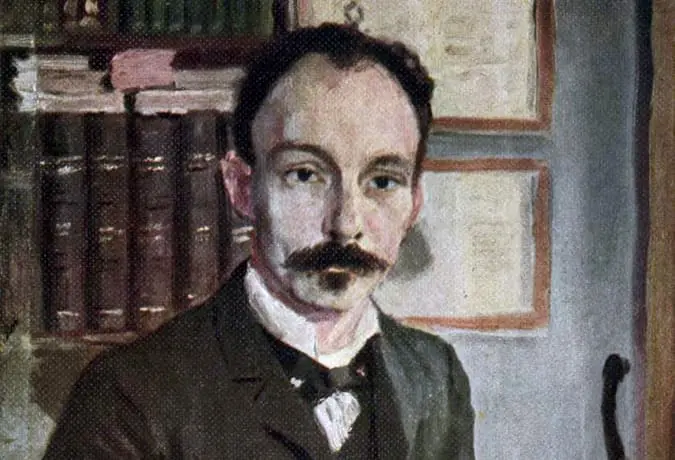
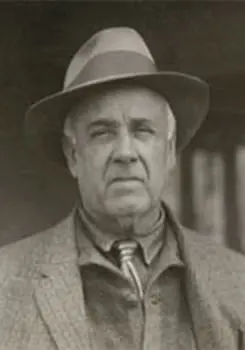
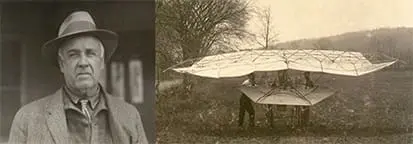
1901-1922
A visionary Mexican American inventor, Victor Ochoa makes contributions to the U.S. and the world in several critical fields, including energy generation, transportation, and electromagnetism. His work laid the foundation for many modern technologies, some of which are still in use today, from the electronic braking system for trains to his pioneering vertical windmill. 12
Victor Ochoa and one of his inventions. ©National Museum of American History, Smithsonian Institution
1902
Isabel González travels to New York and is detained at Ellis Island and deported back to her native Puerto Rico, an island annexed by the U.S. in 1898 after the Spanish-American War. Ms. González challenges immigration authorities in court and eventually forces the Supreme Court to affirm the right of Puerto Ricans to travel without restrictions to the U.S. mainland. 13
1911
First Mexicanist Congress is held in Laredo, Texas. Civic, legal, and cultural leaders begin to map out strategies to confront social and economic issues facing Mexican Americans, including segregation, voting rights, and lynchings. 14
1917
President Woodrow Wilson signs the Jones-Shafroth Act into law, granting Puerto Ricans U.S. citizenship. 15
1919
Established by a Catholic women’s club, the Guadalupe Centers in Kansas City, Missouri is today the longest continuously operating Latino social service organization in the country. 16
Guadalupe Centers of Kansas building circa 1930s
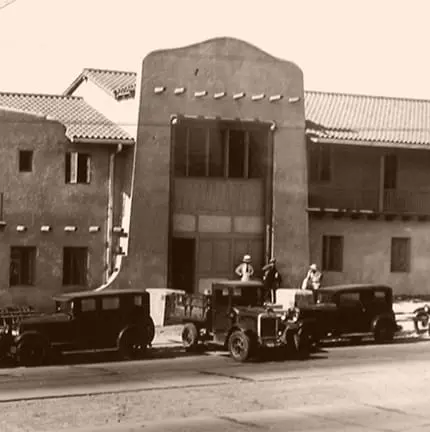

1927
Cuban American Ignacio Saturnino Molinet becomes the first Latino to play professional American football. 17
1928
Octaviano Ambrosio Larrazolo, a Mexican immigrant and lawyer in New Mexico, becomes the first Latino to serve in the United States Senate. 18
1929
Mexican American leaders form the League of United Latin American Citizens (LULAC) in Corpus Christi, Texas to fight for Latino civil rights. LULAC is the oldest national Latino civil rights organization in the U.S. today. 19
First LULAC (League of Latin American Citizens) Convention, Corpus Christi, TX, May 17, 1929, Library of Congress
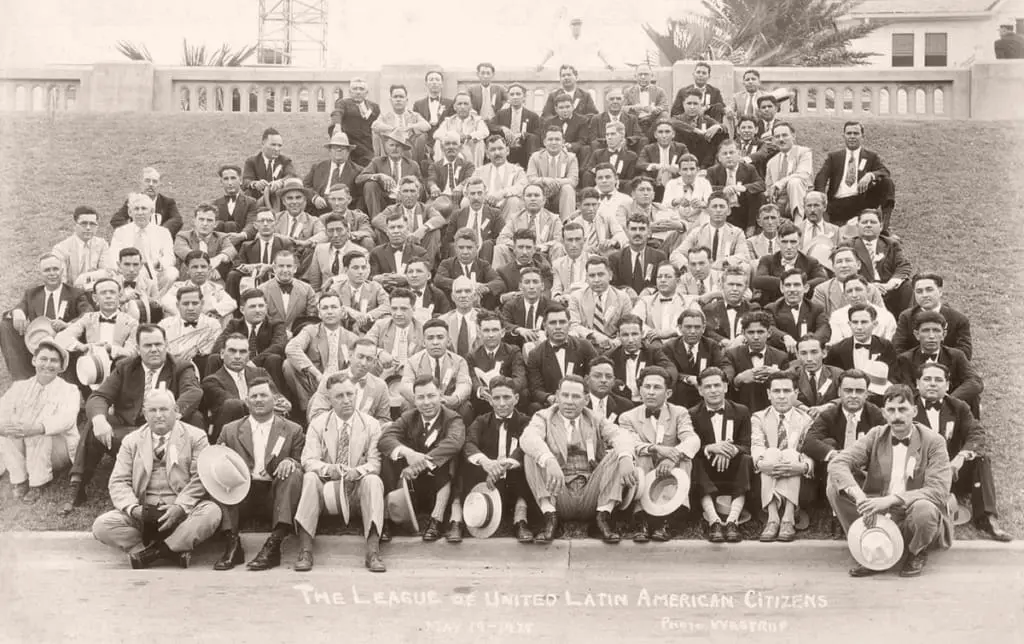
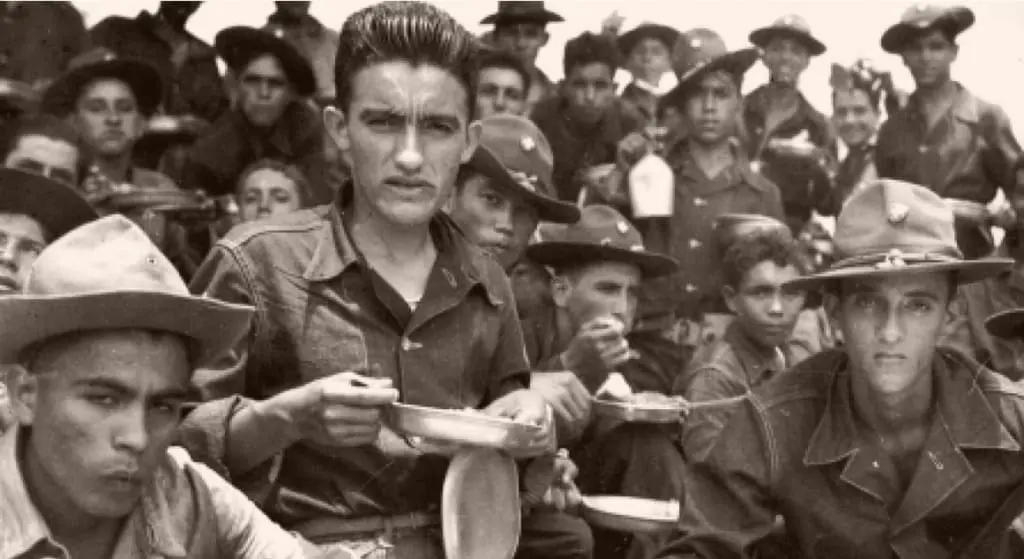
1941
U.S. officially enters WWII, and over 500,000 Latinos join the Armed Forces, fighting in every major battle in the war to defend the nation and uphold the values of American freedom and democracy. 20
Soldiers of the 65th Infantry take a break from training in Salinas, Puerto Rico, in 1941, National Archives
1947
Filed by Gonzalo and Felicitas Méndez on behalf of their children and other Mexican students, Méndez et al. v. Westminster School District becomes a landmark case that challenges the constitutionality of segregated schools. The case leads to the desegregation of California schools and serves as a precursor to the Supreme Court’s Brown v. Board of Education decision in 1954, influencing civil rights battles across the U.S. 21
Civil Rights Activist Sylvia Méndez, daughter of Gonzalo and Felicitas Méndez, at 8 years old. Source: Duke University

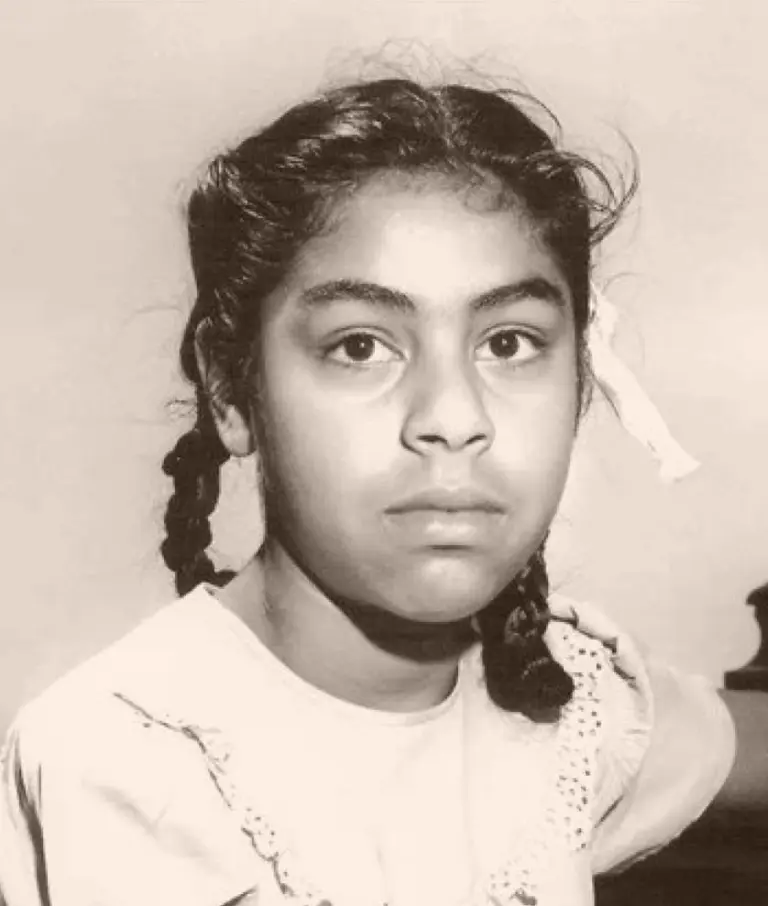
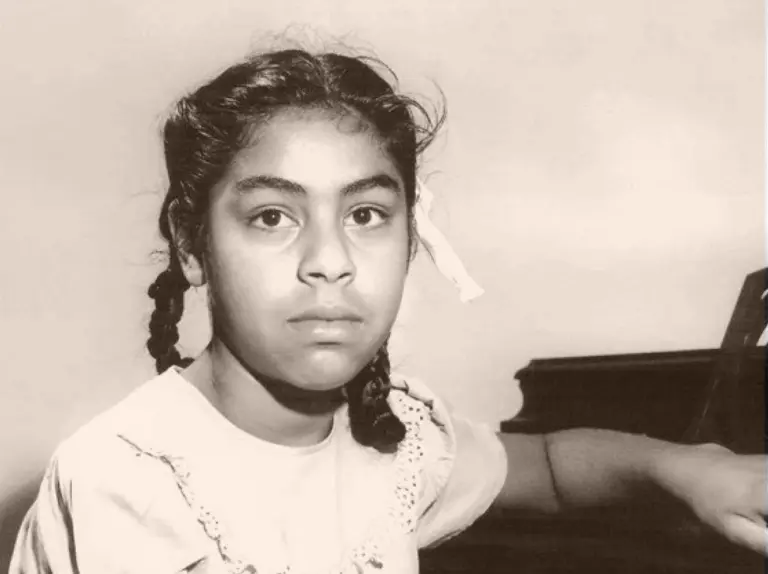
1948
Dr. Héctor García, a WWII veteran, establishes the American GI Forum to fight discrimination faced by Mexican American veterans. The group receives national attention after a Latino soldier killed in action, Pvt. Felix Z. Longoria, is refused burial in Texas. Appalled by this blatant bigotry, Senator Lyndon B. Johnson arranges for Longoria to be buried at Arlington National Cemetery. 22
1948
Mexican American physicist Albert Vinicio Báez co-invents the X-ray reflection microscope, which is used to study everything from cells to galaxies. His legacy extends beyond his scientific contributions, as he is also the father of acclaimed folk music singer Joan Báez. 23
1952-1987
Regarded as the father of neuroradiology, Dominican-born Doctor Juan M. Taveras transforms the field through his groundbreaking work at Columbia University, Harvard Medical School and Massachusetts General Hospital. His innovations in training and research revolutionize neuroradiology and significantly advance radiology and neuroscience in the U.S. and globally. 24
Juan M. Taveras, The Yearbook of the College of Physicians and Surgeons, Columbia University (1960)
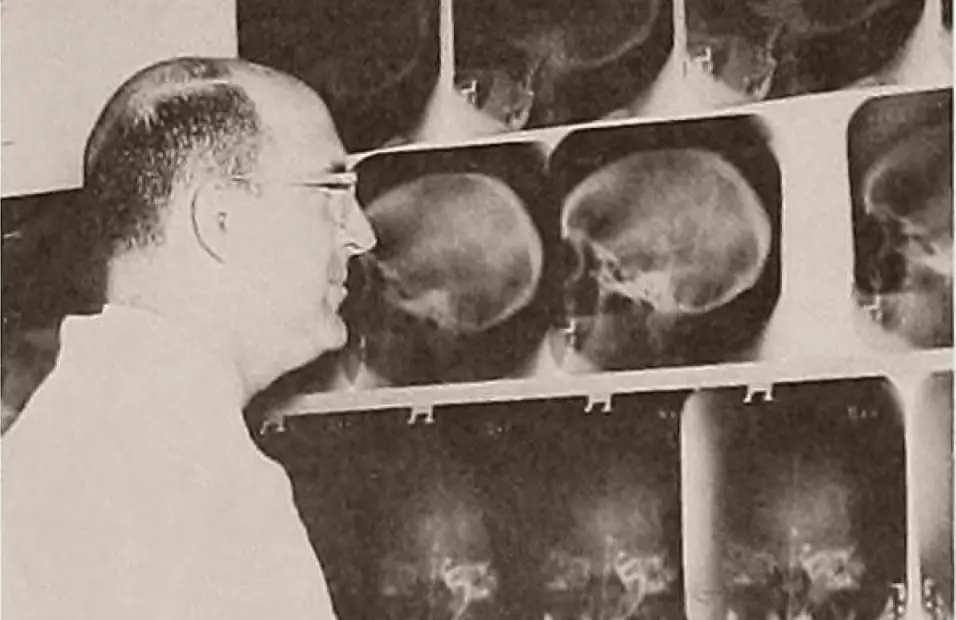
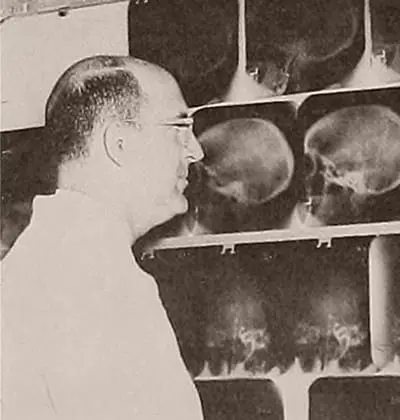
1954
In the first case tried by Mexican American attorneys before the U.S. Supreme Court, Hernández v. Texas, the Court rules to guarantee Mexican Americans equal protection under the 14th Amendment. This landmark decision marks a significant milestone in the fight for civil rights and equality. 25
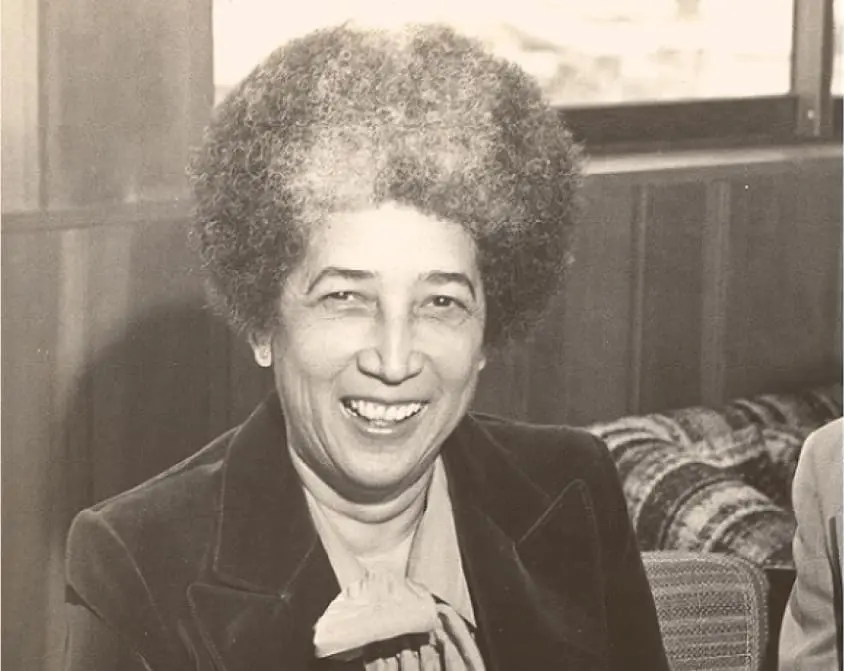


1961
Puerto Rican educator and activist Antonia Pantoja helps to create ASPIRA to uplift Latino youth in NYC. The organization later played a crucial role in securing a consent decree that advanced equal educational opportunities for all New York City students with limited English proficiency. 26
Antonia Pantoja © Center for Puerto Rican Studies Library & Archives, Hunter College, CUNY
1962
Latino civil rights icons César Chávez and Dolores Huerta help to create the National Farm Workers Association, the predecessor of the United Farm Workers’ Union. For over three decades, they led this historic union to significant achievements, including the passage of the 1975 California Agricultural Labor Relations Act, which sets up a legal framework for farm workers to advocate for better wages and working conditions. Dolores and César grow to become two of the most influential labor and civil rights activists of the 20th century. 27
California striking farm workers gather around Dolores Huerta and Cesar Chavez of the National Farm Workers Association ©Carl Crawford/Fresno Bee/ZUMA Press Wire Service
CesarChavez, UFW, ©CSU Archives / Everett Collection and Dolores Huerta © Works/Entertainment Pictures via ZUMA Press
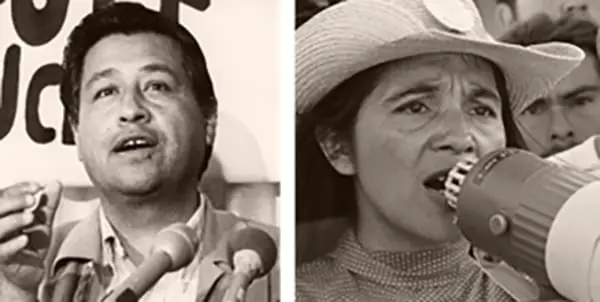
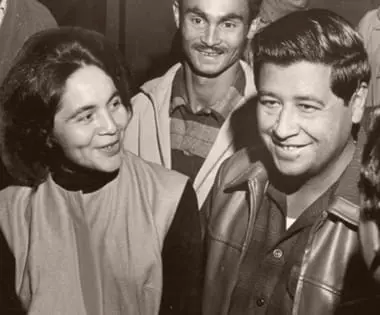

1962
Legendary Puerto Rican actress Rita Moreno becomes the first Latina to win an Academy Award. 28
Rita Moreno wins Academy Award for her performance in West Side Story, via YouTube.
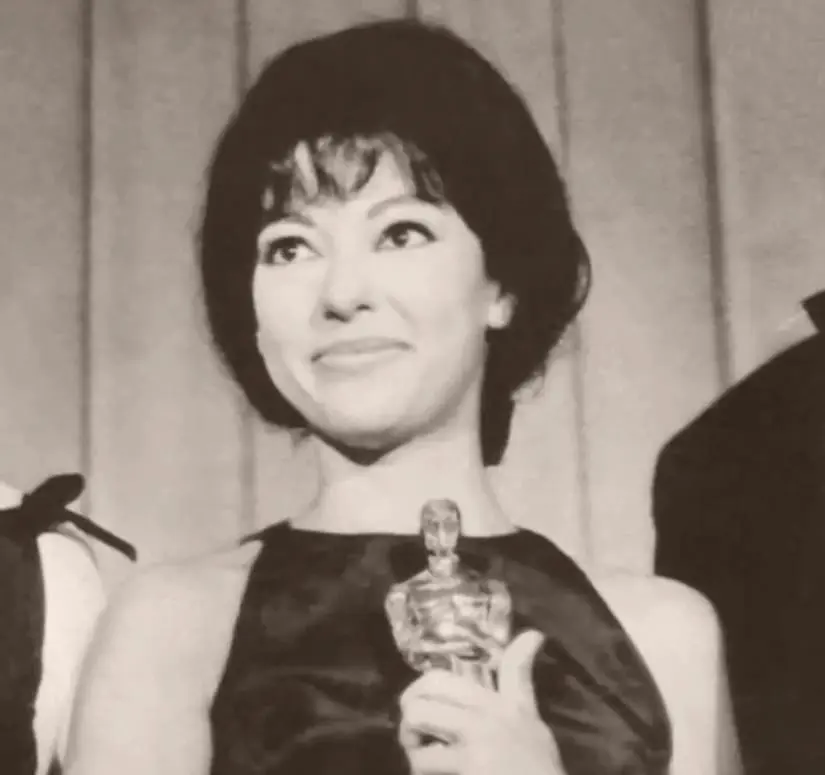
1964
Distinguished for his valor and leadership in WWII and the Korean War, Puerto Rican-born Horacio Rivero, Jr. becomes the first Hispanic promoted to four-star admiral. 29
1965
Renowned Dominican American fashion designer Oscar de la Renta establishes his own elegant women’s wear label in New York, combining classic American fashion with rich Dominican influences. His designs and the brand he created have left an indelible mark on both American and global fashion. 30
Oscar de la Renta ©Zuma Press

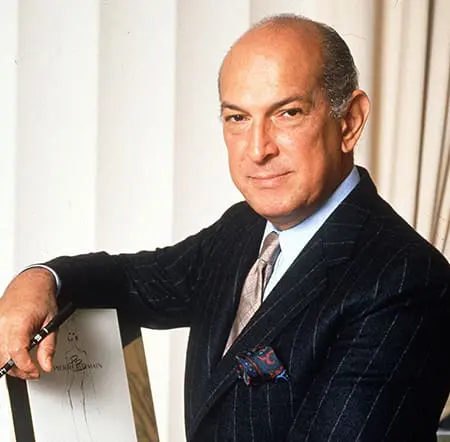
1965
Running Back Steven Van Buren becomes the first Hispanic elected in the Pro Football Hall of Fame. Born in Honduras to an American father and Honduran mother, Van Buren grew to become one of the best players in NFL history. 31
©Bowman Gum
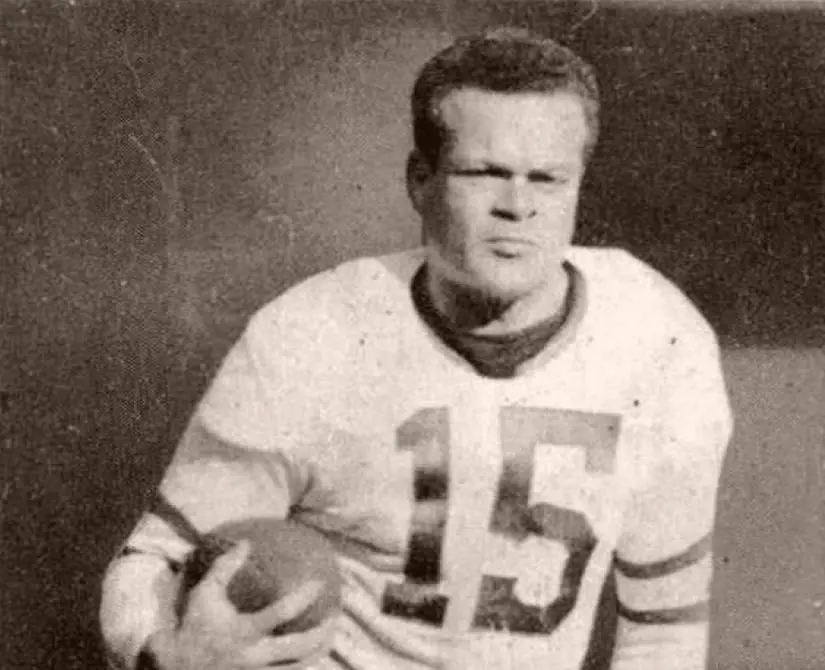

1966
U.S. Supreme Court decides Katzenbach v. Morgan, guaranteeing the right to vote for citizens without regard to their English-language proficiency. 32
1966
The bipartisan Cuban Adjustment Act grants work authorization permits and lawful permanent residency to any Cuban native or citizen who settled in the United States for at least one year. 33
1968
Mexican American activists establish the Southwest Council of La Raza in Phoenix, Arizona. Renamed the National Council of La Raza in 1972 and UnidosUS decades later, the organization becomes one of our nation’s most prominent civil rights institutions. 34
1968
Inspired by the NAACP Legal Defense Fund and the African American civil-rights struggles, MALDEF (Mexican American Legal Defense and Educational Fund) is founded in San Antonio, Texas to carry out civil litigation and advocacy work on behalf of the Latino community. 35
1968
California State University Los Angeles establishes the first Chicano studies program in the nation to uplift and promote Mexican American and Latino history, culture, and contributions. 36
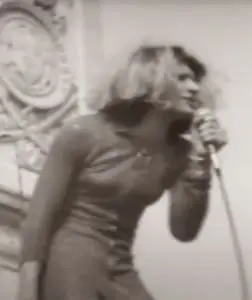
1969
A Puerto Rican-Venezuelan transgender activist and veteran of the era surrounding the Stonewall Inn uprising, Sylvia Rivera inspires subsequent movements for greater inclusion, particularly for transgender people of color, leaving an indelible mark in the fight for LGBTQ+ rights. 37
A Puerto Rican-Venezuelan transgender activist and veteran of the era surrounding the Stonewall Inn uprising, Sylvia Rivera inspires subsequent movements for greater inclusion, particularly for transgender people of color, leaving an indelible mark in the fight for LGBTQ+ rights. 37
Transgender Gay liberation activist Sylvia Rivera speaking at 1973 Gay Pride Rally, NYC, via YouTube

1973
The Centro de Estudios Puertorriqueños is established at The City University of New York to promote research on Puerto Rican history and culture and advance Latino studies. 38
1973
Puerto Rican icon Roberto Clemente becomes the first Latino baseball player inducted into the National Baseball Hall of Fame. 39
© The National Museum of Puerto Rican Arts and Culture
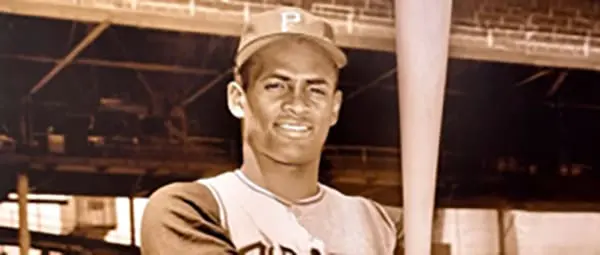
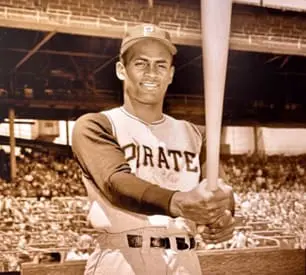
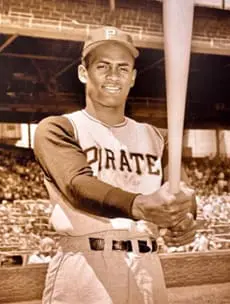
1973
Established by a group of courageous women from Chicago’s Pilsen neighborhood, Mujeres Latinas en Acción is today the longest-standing Latina-led organization in the country.40
Early members of Mujeres Latinas en Acción (late 1970s). ©Diana Solis

1974
Latino civil rights advocates in San Antonio, Texas help establish the Southwest Voter Registration and Education Project (SVREP), a nonpartisan organization championing Latino voter participation and political empowerment. 41
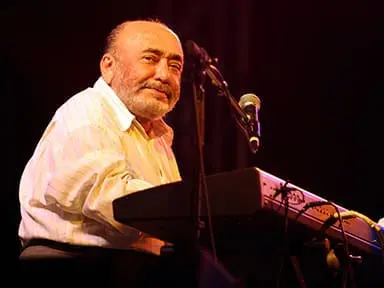
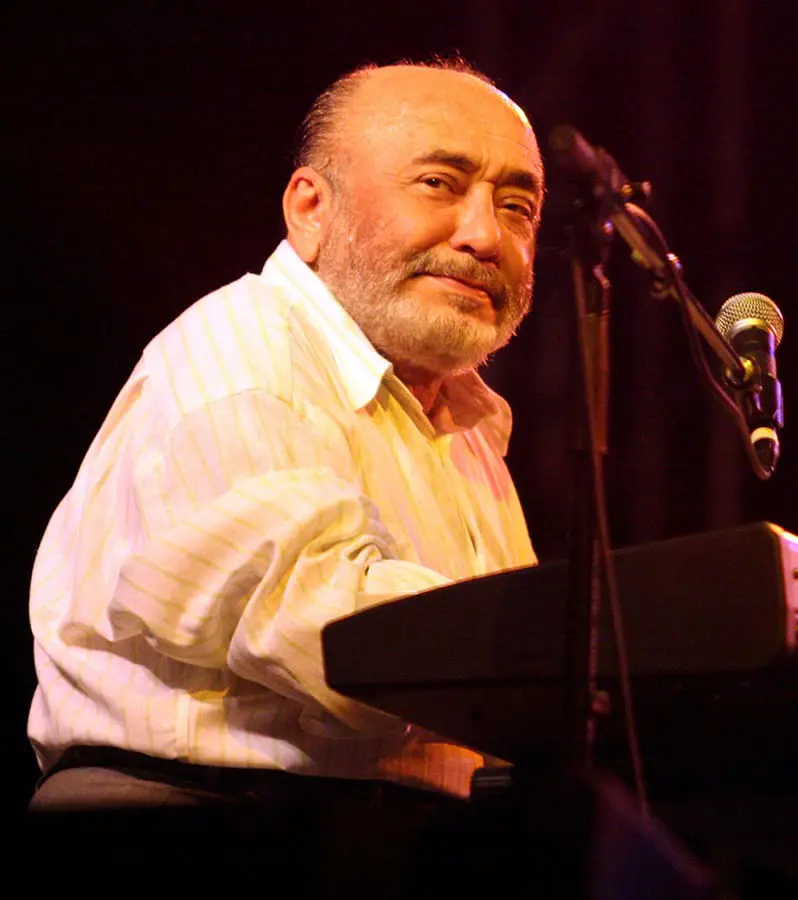
1975
The son of Puerto Rican parents that settled in the Bronx, New York, legendary Latin music composer and bandleader Eddie Palmieri makes history as the first Hispanic artist to win a Grammy Award. 42
Latin jazz Maestro Eddie Palmieri performing at San Antonio's Jazz Alive Festival. ©Jaime R. Carrero/ZUMA Press
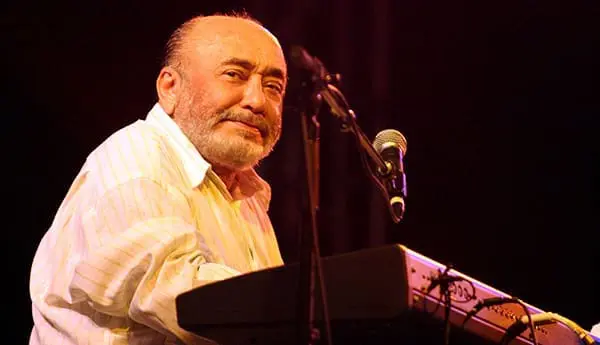
1980
The U.S. Census Bureau includes a Hispanic Origin question for the first time in all decennial census questionnaires. 43
1981
The Central American Resource Center, commonly known as CARECEN, is created by Salvadoran leaders in Washington DC, with the mission to protect and advance the rights of Central Americans fleeing civil war. 44
1981
Venezuelan American Carolina Herrera shows her first fashion collection in New York City. Over four decades, Ms. Herrera becomes one of the world’s most distinguished designers and successful businesswomen, with stores in every part of the globe. 45
Fashion Designer Carolina Herrera ©Christopher Peterson


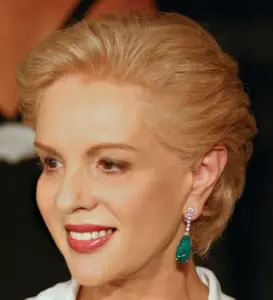

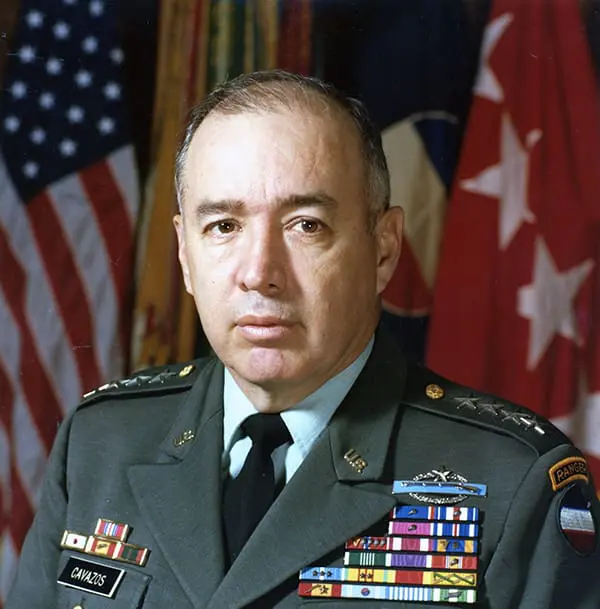
1982
Following in the footsteps of his father, a Mexican American WWI veteran, Gen. Richard Edward Cavazos distinguished himself through his bravery and meritorious service in the Korean and Vietnam Wars, rising to become the U.S. Army’s first Hispanic Four-Star General. 46
General Richard E. Cavazos ©C.R. Bruce
1985
In Plyer v. Doe, a case brought forward by Latino civil rights attorneys and activists, the U.S Supreme Court rules that all children—regardless of their citizenship—are entitled to free public education under the Equal Protection clause of the 14th Amendment. 47
1988
Cuban refugee Ileana Ros-Lehtinen becomes the first Hispanic woman elected to Congress, serving 15 terms in the U.S. House of Representatives from South Florida. 48
American politician Ileana Ros-Lehtinen ©United States Congress

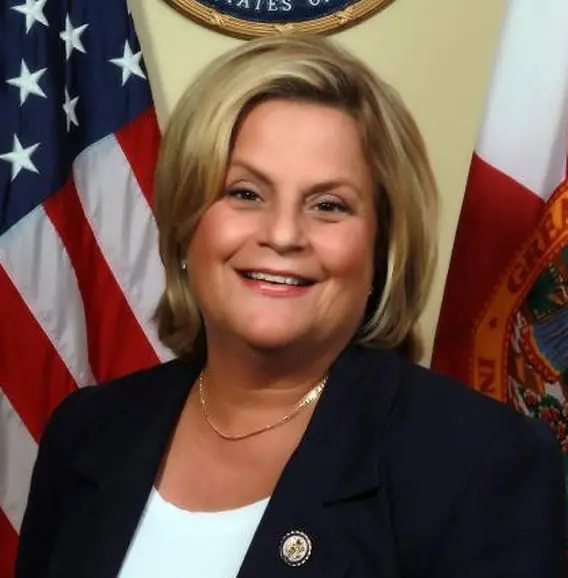
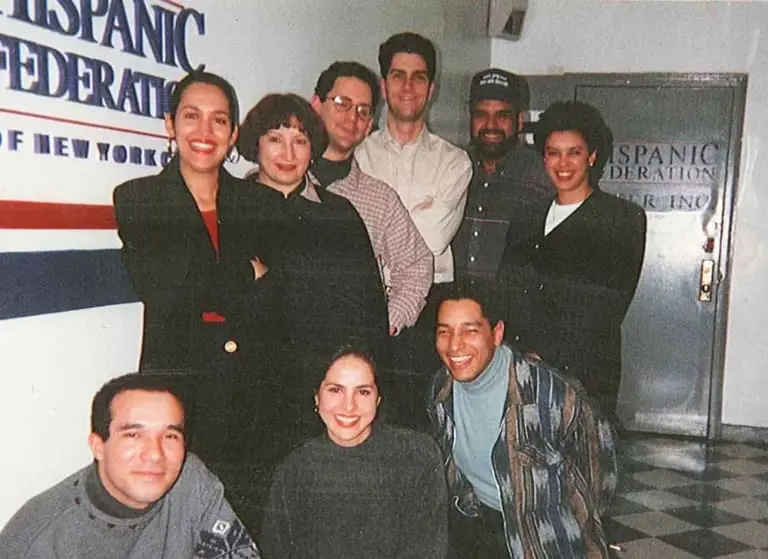
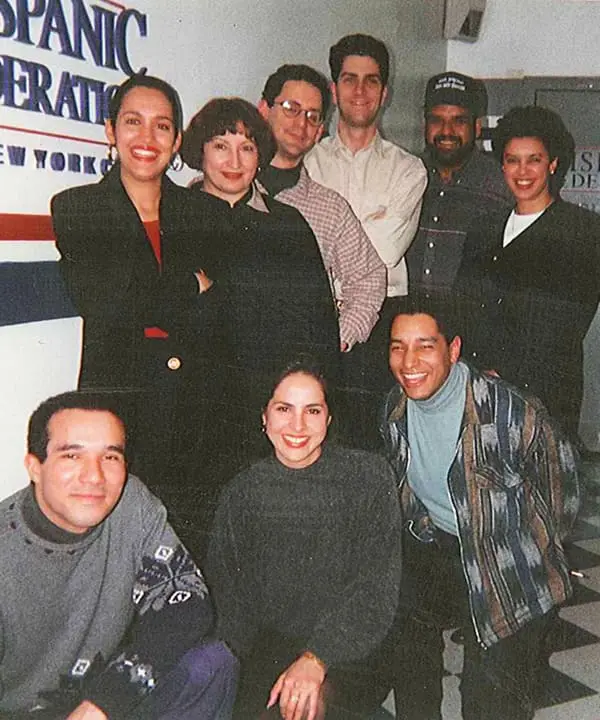

1990
NYC Latino leaders and institutions help to create the Hispanic Federation to strengthen the under-resourced Latino nonprofit sector. The Federation grows to become the largest Latino umbrella organization in the country, working with close to 800 Latino nonprofits to build stronger communities in 43 states and territories. 49
Hispanic Federation staff, circa 1990
1990
Puerto Rican-born Doctor Antonia Novello becomes the first female and first Hispanic to serve as U.S. Surgeon General. 50
1990
Cuban American novelist Oscar Hijuelos becomes the first Latino writer to win the Pulitzer Prize for Fiction for The Mambo Kings Play Songs of Love. 51
1993
Born in Los Angeles, California to Mexican American parents, Dr. Ellen Ochoa becomes the first Latina in space. Dr. Ochoa obtains three patents in the field of optics and goes on to serve as the director of NASA’s Johnson Space Center in Houston from 2013 until 2018.52
Astronaut Ellen Ochoa playing flute on space shuttle Discovery ©NASA

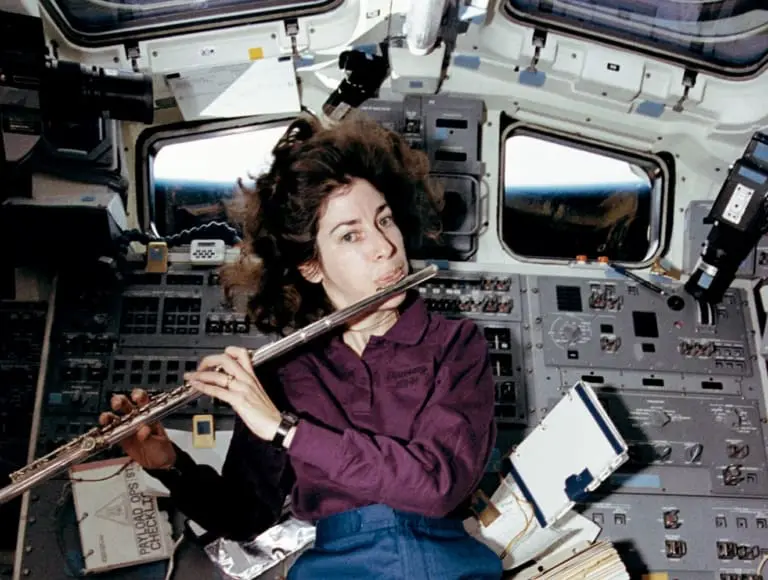
1993
The daughter of a Mexican American father and Irish American mother, France Córdova becomes the youngest person and first woman named Chief Scientist at NASA. 53
2000
Guatemalan-born Luis Von Ahn co-creates the CAPTCHA system to prevent spam bots from accessing computer systems. His upgraded version, ReCAPTCHA, is used by almost all web servers. 54
2007
Born in Los Angeles, California to Honduran parents, trailblazing actress and advocate America Ferrera becomes the first Latina to win an Emmy Award in a lead actress category. 55
American actress, director and television producer America Ferrera, 2010 ©US Government

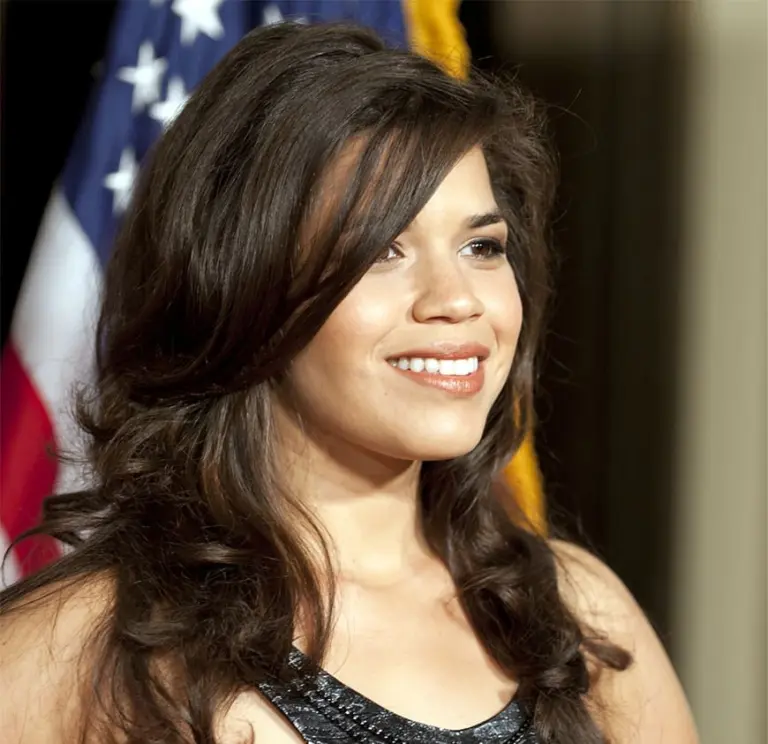
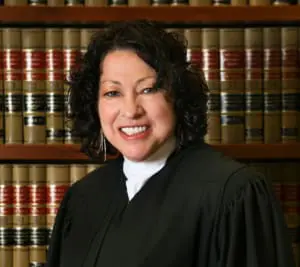
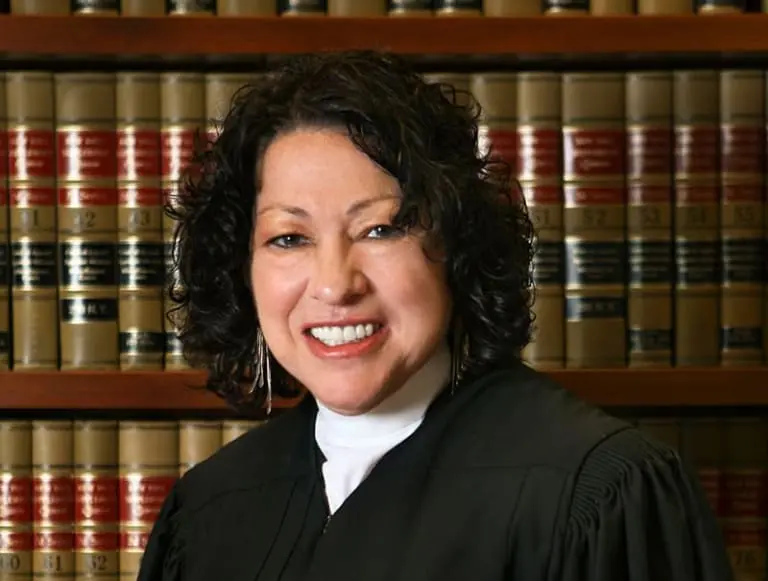
2009
Born in the Bronx, New York to Puerto Rican parents, Sonia Sotomayor becomes the first Latina Associate Justice of the United States Supreme Court.56
Judge Sonia Sotomayor ©Stacey Ilyse
2010
The U.S. Census reveals a significant milestone in American demographics, showing that more than 50 million Latinos now live in the United States. 57
2015
The son of Puerto Rican community activists living in Washington Heights, New York, groundbreaking playwright and composer Lin-Manuel Miranda transforms musical theater with his creation of “Hamilton,” reimagining the way we view and connect to the American story. 58
Lin-Manuel Miranda in “Hamilton” ©Joan Marcus
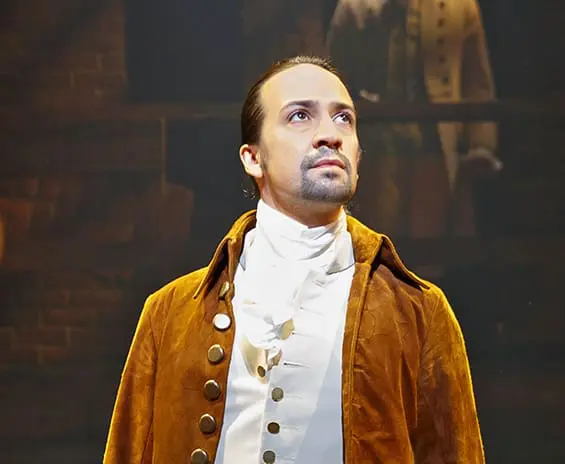

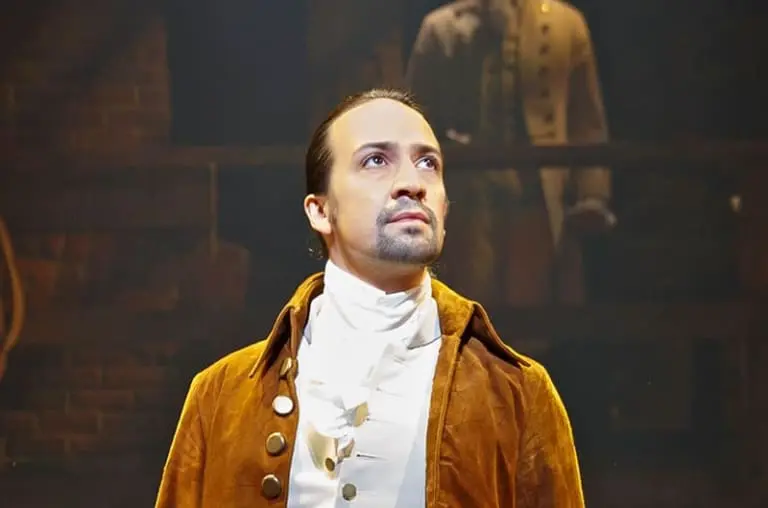
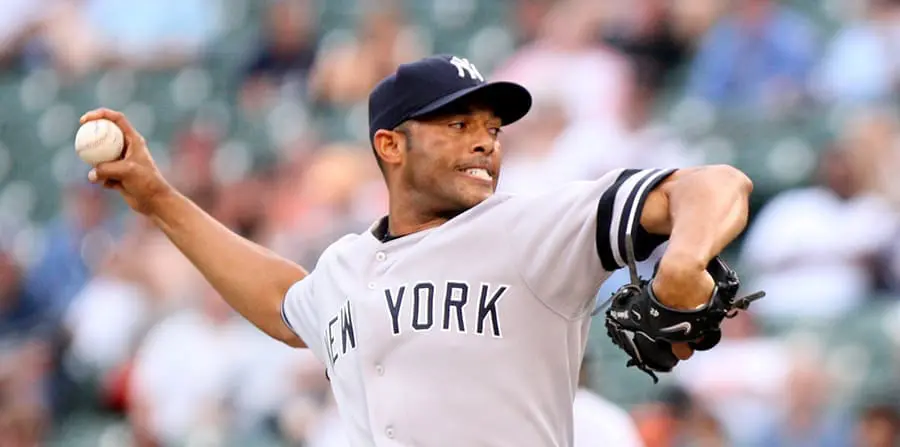

2019
Regarded as the best relief pitcher of all time, Panamanian Mariano Rivera becomes the first player in Major League Baseball history to be unanimously elected to the National Baseball Hall of Fame. 59
Mariano Rivera ©Keith Allison
2020-2023
Latino workers, comprising 31% of essential workers during the COVID-19 pandemic, play a critical role in sustaining the U.S. economy and ensuring the continuity of vital sectors like agriculture, healthcare, and transportation necessary for the well-being of our nation. 60
2024
Hispanic American Diana Taurasi wins her sixth Olympic gold medal for Team USA, a record for any basketball player on the women’s team. 61
Footnotes
1. Our History, City of St. Augustine, https://www.citystaug.com. 2. New Mexico Art Tells New Mexico History, New Mexico Museum of Art, https://online.nmartmuseum.org. 3. Juan Rodriguez, Museum of the City of New York, https://www.mcny.org. 4. Community of Freedom: The Fort Mose Story, Fort Mose Historical Society, https://fortmose.org. 5. Latino Veterans ’ Legacy of Valor, War Memorial Center, https://warmemorialcenter.org and Latino Patriots in the American Revolution – Episode 2, PBS, https://www.pbs.org. 6. The First Families of Los Angeles, Indigenous Mexico, https://www.indigenousmexico.org. 7. New Mexico, New Spain, Old Cultures: Historic Spanish-Language Newspapers in Chronicling America, National Endowment for the Humanities Blog, https://www.neh.gov. 8. Fronteras: 'The Making Of The Mexican-American Race', Texas Public Radio, https://www.tpr.org. 9. San Carlos Institute, American Social History Project, City University of New York, https://shec.ashp.cuny.edu. 10. The Governors’ Gallery, Romualdo Pacheco, https://governors.library.ca.gov. 11. Twilight Park: Literature & the Arts, The Latinx Catskills, https://discover.latinocatskills.com. 12. Victor Leaton Ochoa, EBSCO, https://www.ebsco.com. 13. Meanings of Citizenship in the U.S. Empire: Puerto Rico, Isabel Gonzalez, and the Supreme Court, 1898 to 1905, History Cooperative, https://historycooperative.org. 14. 1911: Meeting of the Mexicanist Congress, A Latinx Resource Guide: Civil Rights Cases and Events in the United States, Library of Congress, https://guides.loc.gov. 15. Jones-Shafroth Act, Britannica, https://www.britannica.com. 16. Serving Families Since 1919, Guadalupe Centers, https://guadalupecenters.org. 17. A pioneer largely forgotten: Ignacio Molinet was NFL's first Hispanic player, ESPN blog, https://www.espn.com. 18. Octaviano Larrazolo: A Featured Biography, Senators, U.S. Senate, https://www.senate.gov. 19. LULAC History - All for One and One for All, LULAC website, https://lulac.org. 20. Los Veteranos—Latinos in WWII, Factsheet, The National WWII Museum, https://www.nationalww2museum.org. 21. 1946: Mendez v. Westminster, A Latinx Resource Guide: Civil Rights Cases and Events in the United States, Library of Congress, https://guides.loc.gov. 22. The American G.I. Forum, The Mexican-American Fight for Freedom, South Texas Stories, Texas A&M University, https://www.tamucc.edu. 23. Albert Vinicio Baez, Physics Today, Volume 60, Issue 11, https://pubs.aip.org. 24. Juan Manuel Taveras, 1919–2002, National Library of Medicine, National Institutes of Health, https://pmc.ncbi.nlm.nih.gov. 25. Hernandez v. Texas: “A Class Apart," Bullock Texas State History Museum, https://www.thestoryoftexas.com. 26. Our History, ASPIRA of New York, https://www.aspirany.org. 27. César Chávez, Dolores Huerta, and the United Farm Workers, Bill of Rights Institute, https://billofrightsinstitute.org. 28. Rita Moreno becomes the first Hispanic woman to win an Oscar, April 9, 1962, History.com, https://www.history.com. 29. U.S. Naval Institute, http://www.usni.org 30. Hispanic Heritage Month 2022: Oscar de la Renta, Davis Art.com, https://www.davisart.com. 31. Latin-Americans in Pro Football, Hispanic American Firsts in the Modern Era, Pro Football Hall of Fame, https://www.profootballhof.com. 32. 1966: Katzenbach v. Morgan, A Latinx Resource Guide: Civil Rights Cases and Events in the United States, Library of Congress, https://guides.loc.gov. 33. The Cuban Adjustment Act of 1966: Past and Future, David Abraham, Emerging Issues Analysis: Research Solutions, University of Miami Legal Studies Research Paper No. 2015-11, https://papers.ssrn.com. 34. History of UnidosUS, 50 Years of an American Institution, https://unidosus.org. 35. Our History, MALDEF, https://www.maldef.org. 36. The Birth of Chicano Studies, California State University Los Angeles Magazine, Fall 2019, https://www.calstatelamagazine.com. 37. National Women’s History Museum, Sylvia Rivera | National Women's History Museum 38. Researching, Preserving & Sharing the Puerto Rican Experience, Centro, the Center for Puerto Rican Studies at Hunter College, City University of New York, https://centropr.hunter.cuny.edu. 39. Clemente elected to Hall of Fame only months after crash, National Baseball Hall of Fame, https://baseballhall.org. 40. About Us, Mujeres Latinas en Accion, https://mujereslatinasenaccion.org. 41. The Impact of the Southwest Voter Registration Education Project on Mexican-American Political Participation, Texas State Historical Association, https://www.tshaonline.org. 42. Eddie Palmieri: The Relentless Genius of Latin Jazz, Latin Jazz Net, https://latinjazznet.com. 43. Decennial Census of Population and Housing Questionnaires & Instructions, 1980 Census, U.S. Bureau of the Census, https://www.census.gov. 44. Improved Quality of Life for an Empowered Latino Community, Our Story, CARECEN, Central American Resource Center DC, https://carecendc.org. 45. Carolina Herrera, Biography.com, https://www.biography.com. 46. Richard E. Cavazos, Biographies, National Museum of the United States Army, https://www.thenmusa.org. 47. Access to Education - Rule of Law, Plyler v. Doe, United States Courts, https://www.uscourts.gov. 48. The Honorable Ileana Ros-Lehtinen, History, Art & Archives, U.S. House of Representatives, https://history.house.gov. 49. Our History, Hispanic Federation, https://www.hispanicfederation.org. 50. Women Who Inspire Us: Antonia Novello, M.D., Center for Women’s Health, Oregon Health & Science University, https://www.ohsu.edu. 51. Oscar Hijuelos, Who Won Pulitzer for Tale of Cuban-American Life, Dies at 62, The New York Times, October 13, 2013, https://www.nytimes.com. 52. Life Story: Ellen Ochoa (1968 – ), Women & the American Story, https://wams.nyhistory.org. 53. Profile: France A. Cordova, American Institute of Physics, https://www.aip.org. 54. Luis von Ahn, reCAPTCHA, National Inventors Hall of Fame, https://www.invent.org. 55. A Look at America Ferrera's Trailblazing Career," *E! Online*, https://www.eonline.com. 56. Sonia Sotomayor, Oyez, https://www.oyez.org. 57. U.S. Hispanic population tops 50 million, Reuters, March 24, 2011, https://www.reuters.com. 58. Lin-Manuel Miranda’s Groundbreaking Hip-Hop Musical, Hamilton, Hits Broadway, Vogue, June 24, 2015, https://www.vogue.com. 59. Mo is 1st in history with unanimous Hall election, Mariano Rivera elected to Hall of Fame, National Baseball Hall of Fame, January 22, 2019, https://www.mlb.com. 60. Research Report: How Risk of Exposure to the Coronavirus at Work Varies by Race and Ethnicity and How to Protect the Health and Well-Being of Workers and Their Families, Urban Institute, December 2020, https://www.urban.org. 61. Diana Taurasi wins basketball record 6th Olympic gold medal, 2024 Paris Olympics, ESPN, August 11, 2024, https://www.espn.com.

Privacy Policy | Accessibility Policy | ©2025 Hispanic Federation. All rights reserved. Built by Social Driver
Privacy Policy | Accessibility Policy | ©2025 Hispanic Federation. All rights reserved. Built by Social Driver